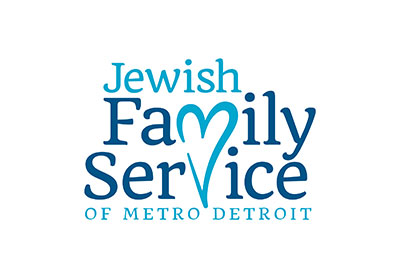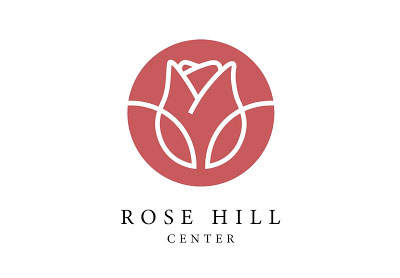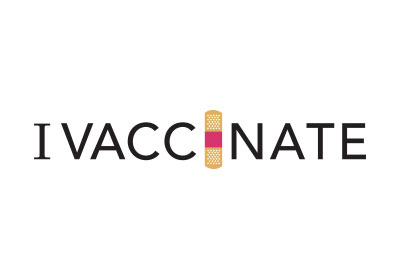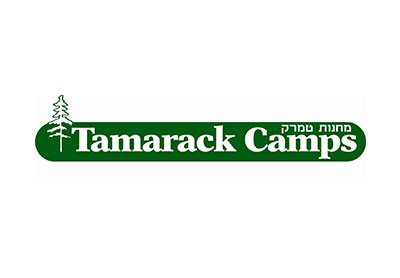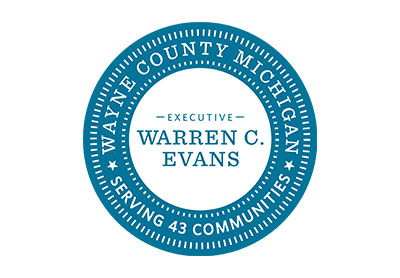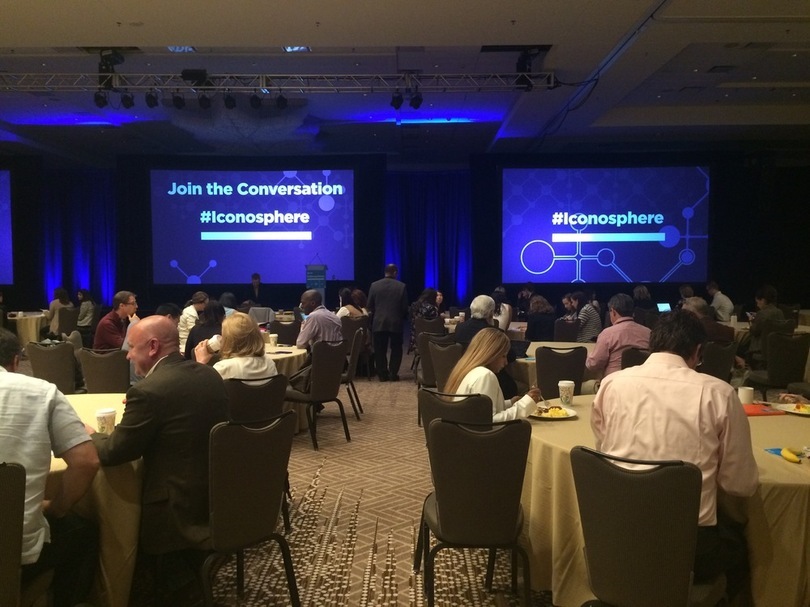
“Disrupt yourself!”
This was CEB Iconoculture’s Research Director Kate Muhl’s battle cry at the 10th annual CEB Iconoculture Iconosphere. The challenge was tossed into her welcome and used liberally throughout the two-day conference, where brands and agencies meet annually to dine on consumer insights, trends and predictions.
This year attendees were encouraged to step outside the proverbial box and disrupt themselves to gain new perspective. And that we did.
Try these six insights on for size:
1. Disruption is the new norm.
Every day we allow ourselves to be disrupted. Sometimes, multiple times. Don’t think so? Think about how many times your phone rings and you look down to check it. Or when you’re crossing the street and you’re on your device. It happens. Our day is disrupted. However, disruption isn’t a negative thing. Disruption is becoming the new norm. Actually, it is the new norm. Sometimes all it takes is a conversation, a new thought or maybe even an ad that gives us pause. It disrupts our train of thought, our ideals and makes us take our beliefs to new level.
“Disruption is the new norm.”
2. Do things that others are not doing.
Keynote speaker Simon Doonan encouraged attendees to “do things that others are not doing.” Your brand, your business, your product should be finding what it is that makes them different and running with it. When every business starts doing things the same, there is no disruption.
“Do things that others are not doing.”
3. Be crafty when others are being slick.
Another Doonanism: “Be crafty when others are being slick.” The only way your brand can truly be disruptive is if you’re thinking unconventionally, using unconventional approaches and juxtapositions and having some fun. Humor is one of the most disruptive discourses consumers enjoy. Humor, if intended not to offend, can boost your brand.
“Be crafty when others are being slick.”
4. Segment people not profiles.
If you’re a Millennial, you’re probably tired of hearing “Well, that’s a Millennial for you” or “It’s because you’re a Millennial.” While in some cases, this may be true. Other times, it is not. The same can be said for other audiences and demographics. While audiences fall into certain categories, i.e. age, gender, ethnicity etc., each individual perceives information or media in a different way. Perception is key to a consumer’s decision making. So while your campaign may be targeting a specific audience, keep in mind the consumers that make up that audience don’t all think alike.
“Segment people not profiles.”
5. Make sure your information is accessible, efficient and of quality.
Information is a battleground. It’s where your brand has to fight to be listed on first page search results, SEO, brand recognition and authority. The more information the consumer has, the more they will be inclined to make a purchasing decision. However, information can be daunting. Information is everywhere the consumer turns. So what’s a brand to do? Make your information accessible. Make it visible and searchable for the audience. Make it efficient. Your information should be able to support the consumer, so efficient messaging and language is crucial. Lastly, your information should be of quality. It should be trustworthy and invite consumers to take an action.
“Access, efficiency and quality equals successful information.”
6. Market to the mindset.
If someone asked you to define yourself in two words, what would you say? Quirky and sensitive? Athletic and creative? Tall? Short? Notice, you didn’t automatically think of your profession or your age, or even your generation (Gen We, Millennial, Gen X, Boomer, Mature). These days, people don’t always fit inside the labels or audiences they once did. To prove the point a little further, CEB Iconoculture conducted a study asking several people from multiple backgrounds if they believed they were middle class. The results were shocking. Only 50 percent of the audience that believed they were middle class actually were.

While some marketers would be content to reach half their audience, others are thinking–what about the other half? This poses as a missed opportunity. The audience that believes they fit into one category may not respond or connect with messages that are outside this category. CEB Iconoculture research describes this as the “definition disconnect.” The solution:
“Market to the mindset.”
Looking for more disruption? Check out our blog “Why brands that make you go ‘hmm’ are winning big.” Or take a peek at some of our work and disrupt yourself.







